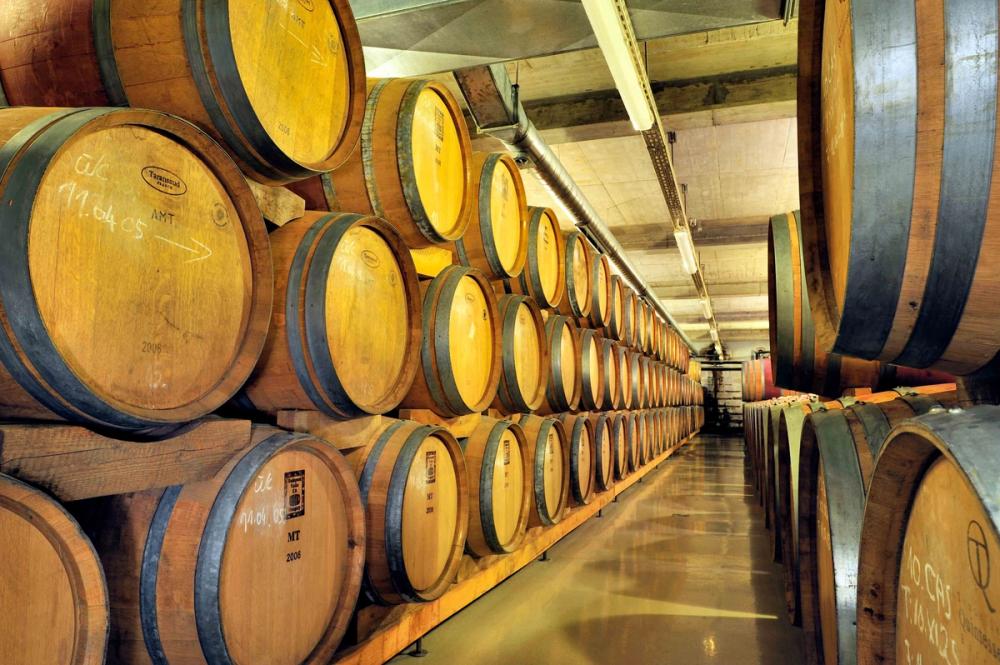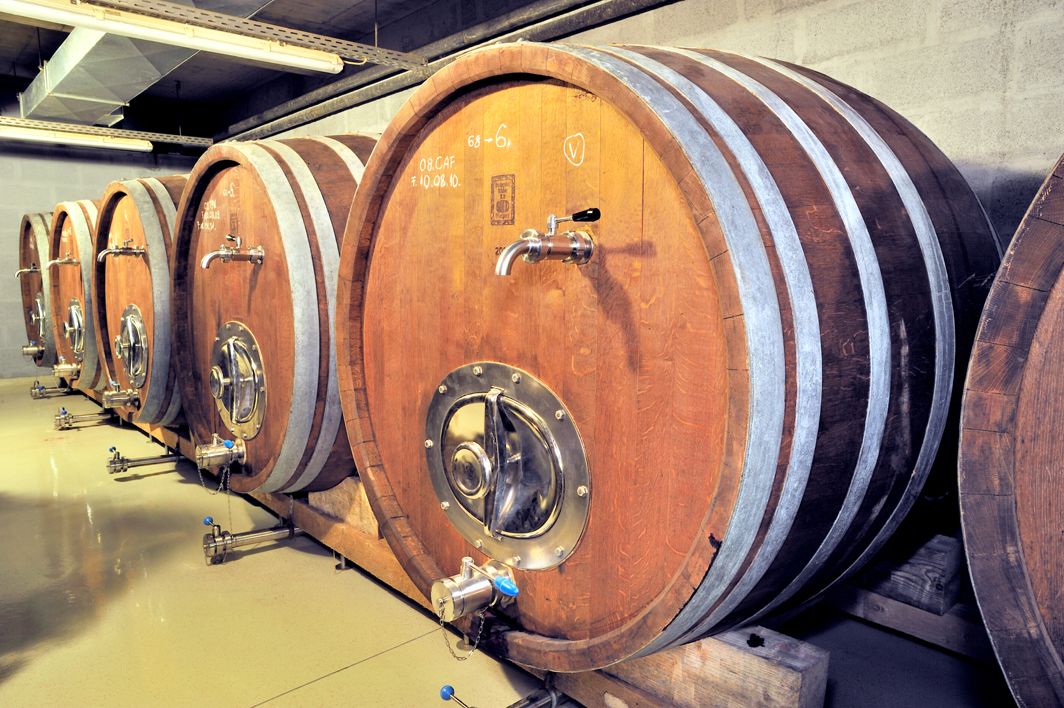A new class of compounds called triterpenoids has been identified at Bordeaux University that could help us understand how different wood affects the taste in wine.
It takes at least a century to grow an oak tree from acorn to harvest so research on terroir, growing conditions and species is a huge challenge. In addition, the complexities of oak flavour compounds and how they are influenced by seasoning and cooperage is a complex field, never mind getting to grips with the complexities of how this all interacts with each individual wine.
Today Hungary is increasingly being recognised as a great place to source oak with barrels appearing in Burgundy and top Tuscan names like Antinori’s Tignanello, but there’s more to it than just a compromise between expensive French oak and the more obvious coconut aromas of American oak. As with any barrels, it’s possible for winemakers to overuse the oak treatment, but over many years of tasting Hungarian wine (and other wine made using Hungarian oak), it’s clear to me that the quality of Hungarian barrels has improved hugely, and that winemakers are getting better at using oak judiciously.

The forest selection for the barrels is the same as the vineyard selection for wine
There are two important European oak species used for barrel-making: Quercus robur (the English oak) and Quercus petraea, the sessile oak; (American oak is from a species called Quercus alba which is quite distinctive). Most oak forests in Europe are a mixture of these two species and their hybrids. On average, it seems that Quercus petraea has higher aromatic compounds such as oak-lactone and lower levels of ellagitannins (which can contribute bitter and astringent characters). It’s not quite that simple, as there is a lot of variation within species that may be linked to growing conditions (“terroir” if you like).
Recent research at Bordeaux University (led by Marchal and colleagues) has identified a new class of compounds called triterpenoids. Some of these compounds show strong ‘sweet’ characters at a level that could be significant in tasting wine, while there are also bitter versions. Experiments seem to show clear differences linked to oak species: Q. petraea shows consistently higher levels of sweet triterpenoids and less of the bitter version than Q. robur (which in turn shows more of the bitter version and less of the sweet compounds). This fascinating finding may help justify preference by some coopers for Q petraea in barrel-making.
When it comes to Hungary, both important species of oak grow there. Q. robur requires richer growing conditions; so if the soil is richer, rainfall is higher and altitude is lower, it dominates (a similar pattern is notable in the western, more Atlantic-influenced forests in France such as Limousin). Where conditions are tougher, and soils stonier and drier (hence the name petraea from the Greek word “petra” for stone), then Q. petraea can become the climax species. Slower growth in such conditions also affects grain tightness so Q. petraea usually has tighter grain, plus slower growth also increases concentration of aromatic compounds.
As András Kalydy of coopers Kádár Hungary says, “The Inner Western-Carpathians have one of the youngest volcanic mountain ranges in Europe, so erosion still hasn’t had time to accumulate thick soil. The climate is typically continental with very warm summers and cold long winters so the length of annual vegetation is relatively shorter. The trees grow very slowly. Our oak from Inner Carpathian Volcanic Mountain Range has smaller diameter vessels (by 15%) and higher density than French oak with same grain tightness. This density and the small vessel diameters result lower evaporation during the wine aging than French barrels. The oxygen penetration is also very small and, together with the effect of compounds released by our barrel, results in high anti-oxidative capacity.”
Today, more and more research is focussing on identifying the oak species, rather than selling oak by forest or tightness of grain. In France, the highly-regarded forest of Tronçais has the highest proportion of Q. petraea with more than 80%, while in the Zemplén Hills, close to Tokaj, the forests are 95-100% Q. petraea, possibly the highest proportion anywhere. One downside is expense, as the trees are small and only yield a few staves each (1-2 barrels per tree at the most).

“If we make barrels only with Mecsek oak, the wine ages faster than in a Zemplén oak barrel as the micro-oxygenation is faster. The Mecsek oak gives more vanilla and sweet notes than the Zemplén oak.”
The Tokaj hills are not the only place to produce good oak in Hungary though, and there are definite parallels with terroir in wine. Antinori was so convinced about the potential here that they became shareholders in European Coopers, which sources oak from both the Zemplén Hills and from the forests of Mescek in SW Hungary.
Dr Katalin Pintacsi says, “We say always that the forest selection for the barrels is the same as the vineyard selection for wine. The difference between Zemplén oak and Mecsek oak is that the soil and the climate are really different. In the Zemplén hills you can find that wonderful volcanic soil that helps Tokaji wine to be so special, but the oak is suffering while growing. In Mecsek you can find a very rich brown forest soil and a warmer climate. That is why the oak is less tight than the Zemplén oak and has more tannins.”
She adds, “All the Hungarian coopers are researching how best to season and cooper their oak. We learnt that if we make barrels only with Mecsek oak, the wine ages faster than in a Zemplén oak barrel as the micro-oxygenation is faster. The Mecsek oak gives more vanilla and sweet notes than the Zemplén oak. Zemplén oak is a slower barrel, gives more spice and if we toast to the M+ gradation gives coffee and dark chocolate.” Mecsek is the best option for some producers (such as Dobogó in Tokaj), while others use a mix of 50% of staves from each forest.
Hungary has very strict laws on how its forests are managed, dating back to an order from King Zsigmond in 1456. Today any trees felled must be replanted with the ultimate of increasing the area of forest in Hungary from the current 21% to 27%. I suspect wine drinkers, and perhaps winemakers too, often overlook the huge complexities behind those all-important barrels, but it is also good to see that Hungary is planning for a sustainable future.










































